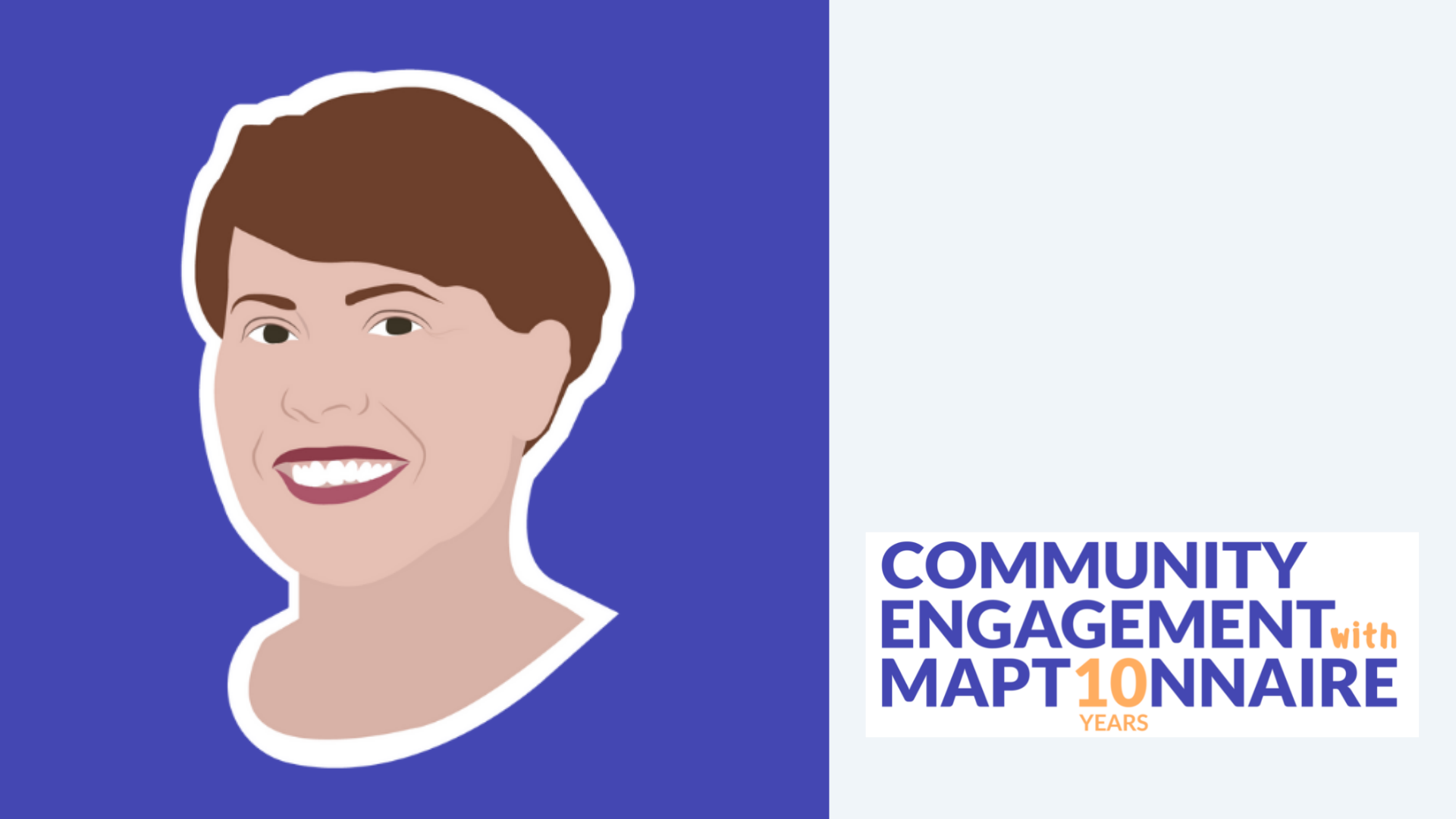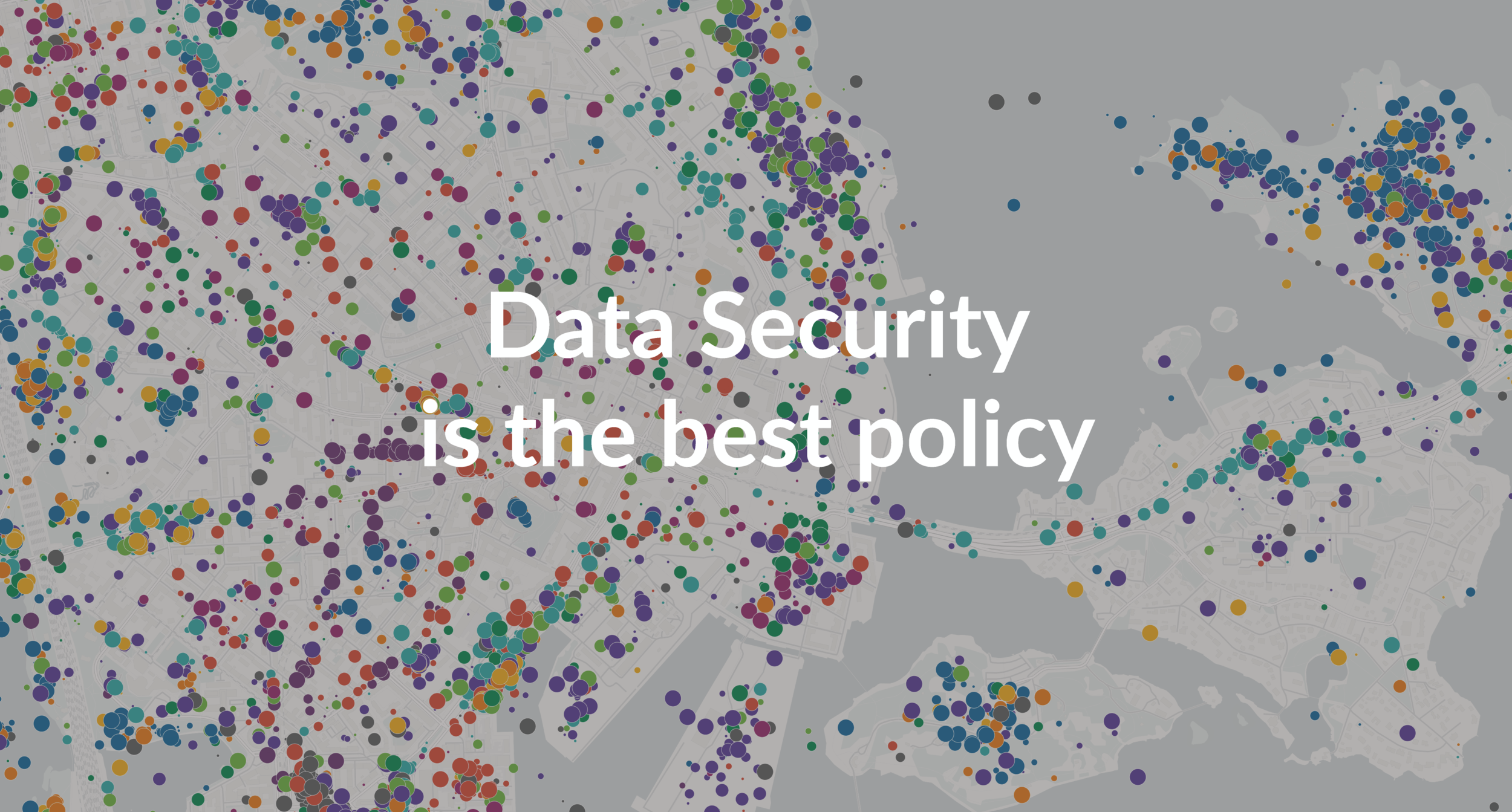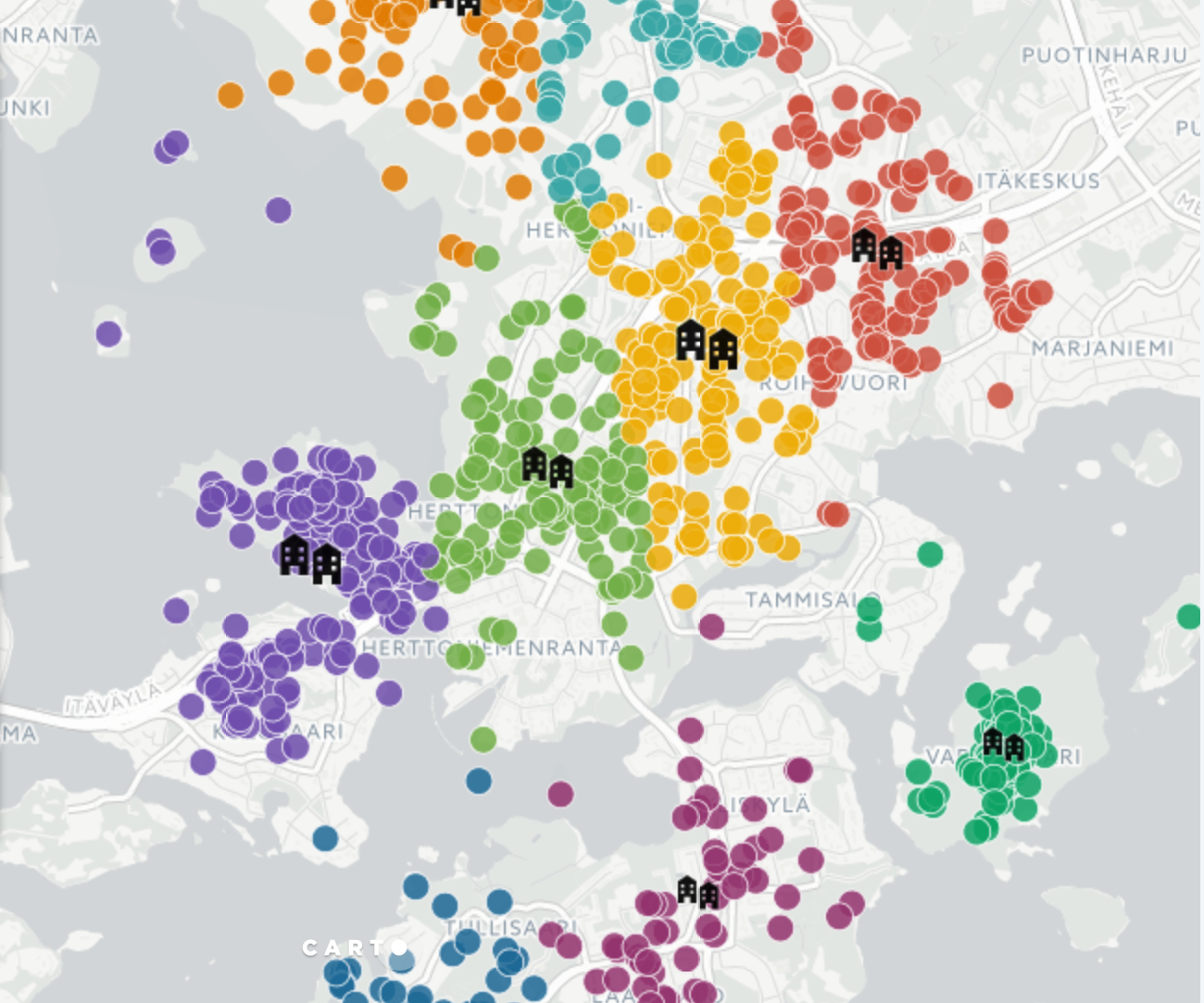Check our new article about community engagement trends in 2023.
In our webinar about the top-3 trends of community engagement, Maptionnaire’s founders, Anna and Maarit, presented some thought provoking ideas (and some practical advice too) for the current year. Here’s a summary of the main points from the webinar. Happy reading!
Ps. If you don’t feel like reading, you can always watch the webinar on-demand. In the recording, you’ll also get to see a short demo of Maptionnaire, or you can always book a personal demo with us.
What Has Happened in Community Engagement in the Past?
We’ve been working with community engagement and public participation since 2005. Throughout the years, we’ve worked closely with urban planners and other experts to increase our knowledge about community engagement and to develop our service, Maptionnaire, further. At the beginning, when community engagement tools were slowly getting a foothold, it was mainly about gathering more information and data from the residents. At first, this scared the urban planners since they were used to getting a lot of negative feedback. They thought that by using online tools in the engagement process it would mean getting even more negative feedback. What surprised them was that most of the feedback gathered with digital tools was actually positive and constructive.
Initially, developing and working with online tools meant doing several pilot projects and testing. We wanted to gather real experiences of how the tools were being used. As the years have gone by and we’ve learned our lesson(s), in 2021 the situation is quite different: online engagement tools are actively being used all over the world. And they aren’t utilized only by urban planners but also by other experts.
But still, the world (of community engagement) is not perfect. Where are we now and where are the pain points?
Where Are We Now?
Needless to say the world is digital nowadays. This also applies to community engagement. However, digitalizing services doesn’t mean that it obliviates all the previous problems. We should, for instance, start thinking of community engagement as a series of parallel processes instead of it being a collection of individual projects. We should also work actively to engage more people and groups in the different stages of planning and remember to be more transparent and similarly mindful about the data we collect.
So it’s clear: improvements are still needed. If we want to solve these issues, where should we turn our eyes towards?
Trend 1: Systemic Change
When we talk about ‘systemic change’ in community engagement, we refer to the changes in the thinking and processes that need to happen. There’s a call for doing things differently in the future.
There are several existing tensions describing the ongoing discussion. However, these tensions are not opposites to one another; there is no right / good vs. wrong / bad. It simply means there are two sides to every story.
Some of the tensions we want to highlight with respect to community engagement are:
- Should we embrace discussion (e.g. in smaller groups) more?
- Should (and how should) we see people as informants?
- Should participation be more bottom up?
- Should we embrace new tools and test them more or do we have good practices in place already?
Whatever the “right” option might be, our current model of operating is still failing us. We still engage residents too late in the process. People feel they are not being listened to, and that everything has already been decided before they get to say what they think.
In community engagement, we need to think of ways to involve people throughout the process. (And at Maptionnaire, we’ve actually done some serious thinking to support this idea when developing the new Maptionnaire Community Engagement Platform.)
To sum it up, systemic change in community engagement means:
- It’s not just about buying a tool for community engagement and learning how to utilize it. We also need to challenge and change our thinking and processes that support the use of the tool to get the best results.
- Let’s be open to new ideas. Especially now, during the pandemic, many organizations are eager to find new ways of digitalization; some are even “forced” to speed up the process.
- We need new kinds of management skills, and we need to learn how to lead the processes of community engagement.
- Embracing transparency (and thinking about how to achieve this in practice).
Trend 2: Storytelling and Gamification
Especially in the digital environment, we are constantly fighting for the attention of people we want to reach. Community engagement is no exception. According to some sources the general tension span can be as short as 8 seconds. When asking residents what they think, we need interesting and catchy ways of engaging them.
According to gamify.com, there are eight universal core drivers. All of them can be applied to community engagement. Here are two examples of gamification related to community engagement:
- Meaning: Feeling that when we answer a survey about our neighborhood, it actually leads to something (that we can see).
- Empowerment: We get to choose between different drafts and proposals in city planning.
What does a gamified questionnaire look like? Have a look at this Maptionnaire gamified decision-making example questionnaire.

What about the practical side? How can you add elements of gamification to your community engagement efforts? Here are our three tips:
- Educate stakeholders about complex planning situations, tell about options and trade-offs
- Empower residents to solve problems
- Instant feedback: give back to the community
Case: São Paulo. Engaging diverse populations in designing public spaces with Minecraft
Trend 3: Representation & Inclusion
In movements like #MeToo and Black Lives Matter the issue at hand is about whose voice counts. This can also be applied to community engagement. If we think of “traditional” methods of engaging the community, we usually think of community meetings, town hall meetings, walk-throughs etc. When we ask urban planners, who the usual suspects in these types of events are, the answer is often the same: it’s elderly, upper middle class residents who have the time to come to these face-to-face events.
But what about online participation? Is that a solution for including a more diverse group of people in the engagement processes?
Well, the answer is yes and no. Online community engagement does allow for a broader reach, but it’s not as simple as it looks. You still have to be mindful about two things: representation and representativeness.
Representation in community engagement refers to how we communicate about our participation processes: Do people feel invited to participate? Does everyone feel included? Representation is about verbal and visual inclusion; it’s about the language and images or illustrations we use in our engagement projects.
With representativeness we refer to the data: how well it represents the population of a certain area (e.g. a neighborhood or an entire city). On the other hand, is engagement ever fully representative? Probably not but it is important to remember to be transparent. Be honest about who you were able to reach and engage; recognize the gaps if and when those exist in the data.
Finally, a couple of practical tips for reaching different groups of people when doing community engagement:
- Children & youth: institutions (e.g., schools), leisure groups, public spaces (parks, shopping malls)
Also, remember to check research permits when working with children. - Elderly population: care homes, libraries, town meetings
Remember that assisted answering is a good option with older people. - Immigrants: local influencers and their support
Consider language barriers. This doesn’t only apply to immigrants but also to people with e.g. different educational backgrounds. Visual questionnaires are a great option.
Case: Bryant Park, New York
What are your thoughts about these three trends in community engagement? Do you agree or disagree with them? Tag us in social media and let’s discuss more!
You can find us on LinkedIn, Facebook, Instagram, and Twitter!







.webp)

.jpeg)
-min.jpeg)
.jpg)




















.jpeg)























.jpeg)


.jpeg)










.jpeg)
.jpeg)
.jpeg)




.jpeg)










